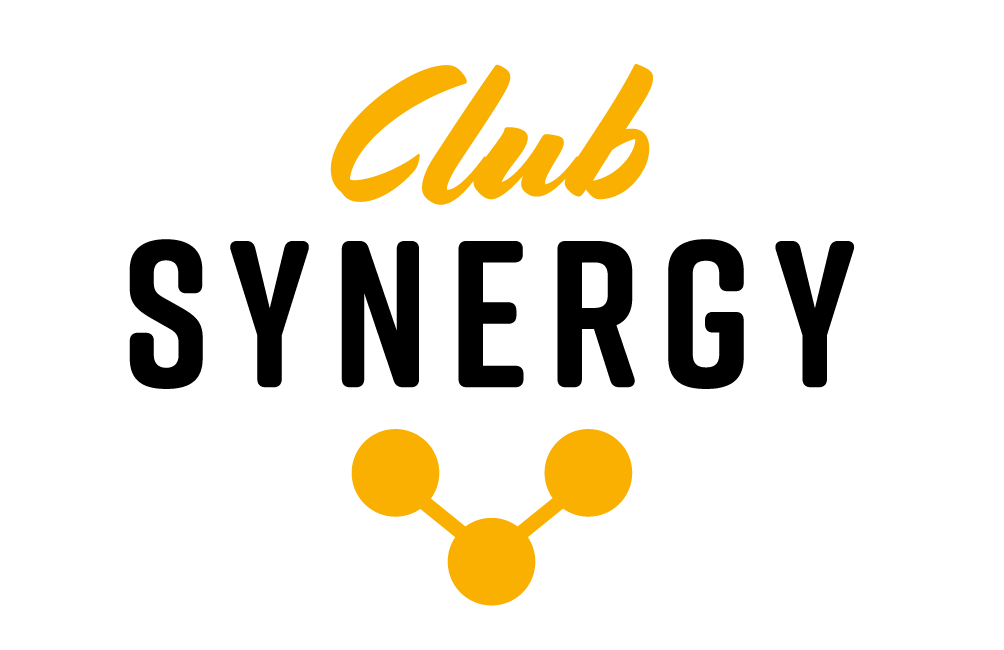Instructor, Lisa
Yoga has boomed in popularity in recent years – and there are a lot of good reasons why.
From the physical benefits to improving your mental health, yoga is packed full of the key ingredients you need to succeed in your other sporting endeavours, your personal relationships, and your professional life.
Thinking about yoga might make you consider trying Pilates too. We’ve got you covered - you can find out more about the benefits of Pilates in this blog post.
But we’re here to talk about yoga, and all the fantastic things it does for your body, mind, and spirit. Let’s get into it!
Yoga Improves Sports Performance
A small 2020 study on football players showed that adding yoga into their fitness routine for 10 weeks helped them to prevent injury, plus reduced muscle fatigue and soreness.
It might not seem immediately obvious, but yoga makes us stronger. Never mind weight training – being able to hold your own body up (which many poses require you to do) is pretty cool.
Yoga also increases your endurance. The practice opens up your posture which heightens your respiratory capacity.
This ultimately means you will perform more efficiently with increased speed and power. Something that all athletes – whether professional, recreational or weekend warrior – will want!
Yoga Increases Range of Motion
Yoga encompasses a huge variety of movements, and you end up activating muscles that you may not use in your other sports.
By performing this realignment of your body and increasing your range of motion, you are also improving your...
• Flexibility
• Balance
• Agility
• Core
• Co-ordination
• Posture
All of which help to reduce your risk of injury. What’s not to love?
This has especially huge benefits if you are a runner, as so many of your muscles will tighten up while you’re training.
Yoga Helps You Relax
Yoga is a mindful practice. As with Pilates, a huge amount of emphasis is placed on your breathing.
The more you focus on the breath, the more relaxed you feel. This focus actively helps to relieve stress and reduce your anxiety and irritability. As a result, it also improves your sleep patterns.
Yoga is a Brain Booster
Practising yoga increases your clarity of mind and focus, which ripples into every other aspect of your life.
Waking up your muscles increases your blood circulation, making you more alert and energetic. The more energy you have, the more productive and focused you are.
All of this combines to help get your creative juices flowing. That bright spark of an idea you’ve been looking for could be just around the corner- and yoga could be the key to unlocking it.
Yoga Keeps You Grounded
More than anything else, yoga makes us present. By clearing your mind of clutter, you become more aware of not just your body, but your mind too.
Yoga roots you firmly in the present moment you are experiencing. It allows you to just be, in a world that never stands still.
Hopefully, this blog has shown you just how brilliant yoga is for every part of your life. Your body, your brain, and your business will thank you if you start this lovely practice.
You don’t need to do a super long session either – just ten minutes each day will give you amazing results.
You might think you aren’t flexible enough, but that’s exactly why you should add yoga to your routine. You’ll feel the benefits of a stretch quickly and improve your flexibility at the same time. It’s a win-win!
If you want to try out yoga for the first time or get back into it after a break, come along to one of our NETworkout yoga sessions.
Hosted every Friday morning at 8.30 am, the session begins with a quick networking opportunity, where you can have a chinwag with some of our lovely members. Then your session will be led by either the gorgeous Vicki or Lisa – you can meet more of our team here.
You can grab your 14-day free trial to experience the best of what Club Synergy has to offer here.
We can’t wait to welcome you soon!



